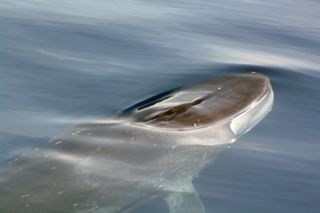Tethys at WhaleFest 2012
As the bitter cold and sharp winds whipped Brighton, unquestionably signalling the arrival of the Great British Winter, a large number of excited people made their way to the Hilton Metropole to immerse themselves into the fantastic world of cetaceans.
Among the many participating organisations was Tethys. We spent two full days talking to a buzzing crowd about our Institute and its mission to conserve cetaceans in the Mediterranean Sea through rigorous scientific research, helped by a growing number of volunteers from all over the world. Many people from all backgrounds were very interested in our message, and we even had the opportunity to participate in a careers workshop to inspire a future generation of cetacean scientists!
Transmitting our enthusiasm to an eager and vast range of people is very gratifying, but it must be said, there is nothing quite so rewarding as seeing our own spark reflected in the eyes of awed children as they listen to us and see pictures and videos captured during our field cruises...
It seems we have encouraged a large number of people to come join us next summer for our 2013 field season, and witness for themselves the little ray of sunshine and cetacean wonder we brought with us to WhaleFest.
Looking forward to seeing you onboard "Pelagos"!
Viridiana Jimenez and Elisa Remonato












